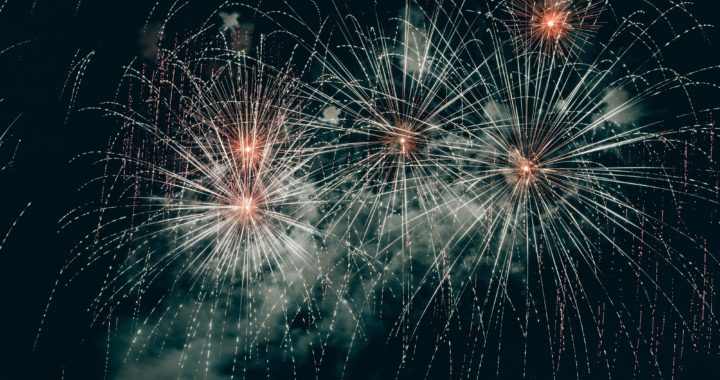
New Year, New Beginnings, New Birth
If we came in with this kind of lack of respect and awareness of the brilliant bio-
Posted in Uncategorized.

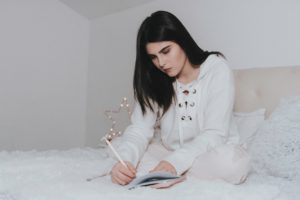 intelligence potentially expressing itself at birth, we may find later transitions, like a new year, also feel overwhelming, over-stimulating, depressing, reminding us of what we haven’t accomplished or how we feel like we aren’t enough. How many of us make new years’ resolutions as a way to attempt to address our feelings of discomfort with who and how we are?
intelligence potentially expressing itself at birth, we may find later transitions, like a new year, also feel overwhelming, over-stimulating, depressing, reminding us of what we haven’t accomplished or how we feel like we aren’t enough. How many of us make new years’ resolutions as a way to attempt to address our feelings of discomfort with who and how we are?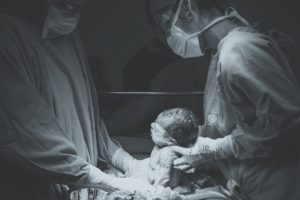
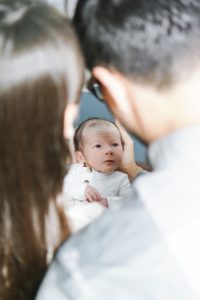
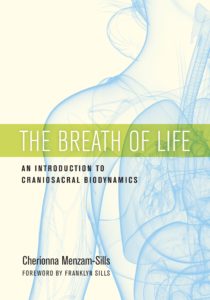 Now, it is relatively easy to enjoy ending a year and acknowledging that 2018 was a year of birth for me. My first book, The Breath of Life: An Introduction to Craniosacral Biodynamics, was born in April. I am repeatedly touched by how my baby is being received and apparently supporting its readers.
Now, it is relatively easy to enjoy ending a year and acknowledging that 2018 was a year of birth for me. My first book, The Breath of Life: An Introduction to Craniosacral Biodynamics, was born in April. I am repeatedly touched by how my baby is being received and apparently supporting its readers.